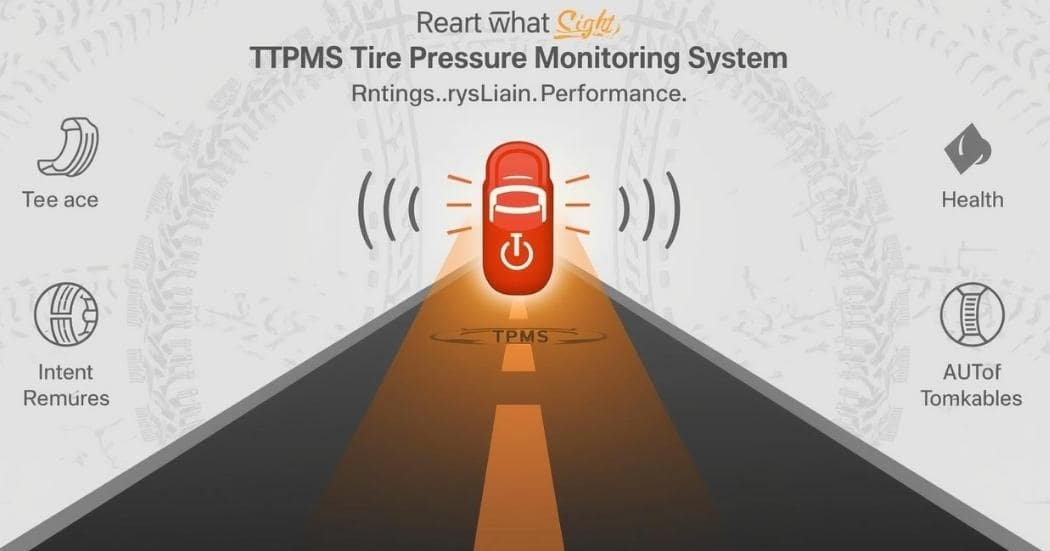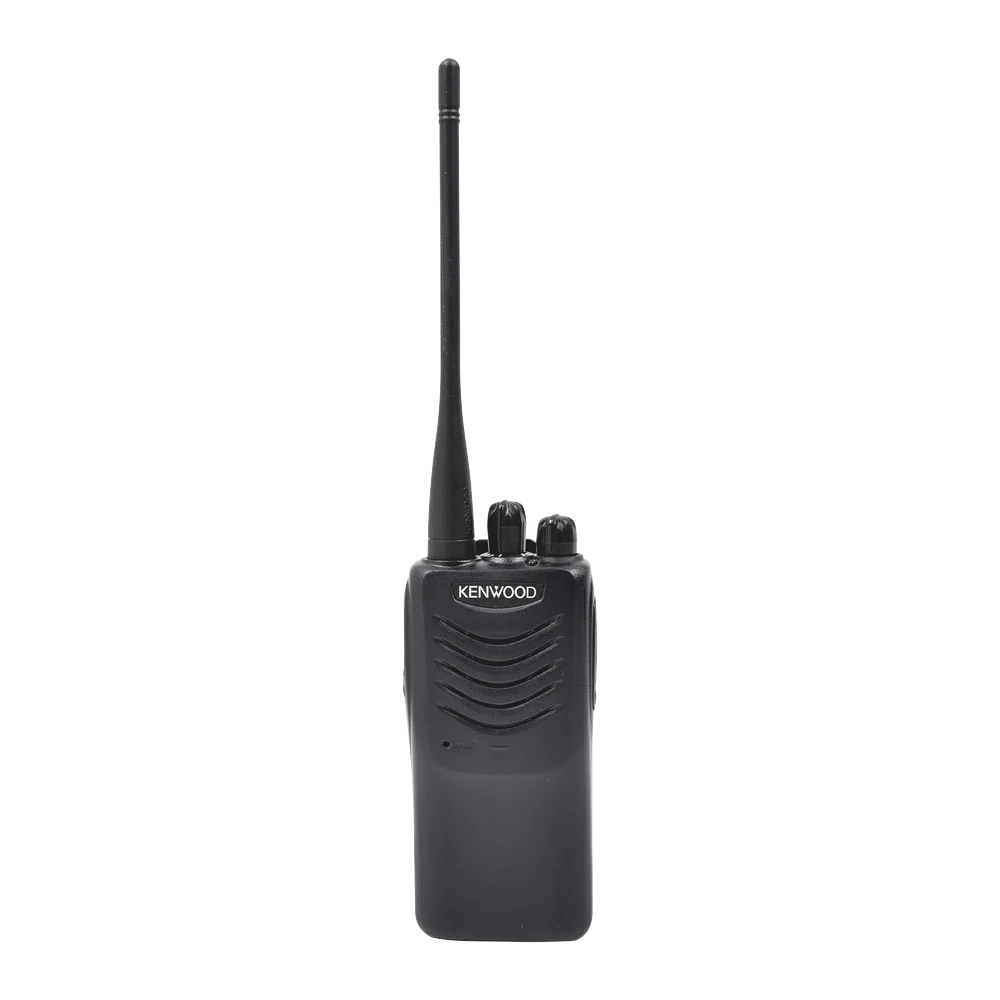What is the TPMS Light?
The TPMS (Tire Pressure Monitoring System) light is a dashboard alert that tells you your tires are not at optimal pressure.
Your tires are like the legs of your car, supporting its weight, ensuring smooth handling, and keeping you safe. When the TPMS light turns on, it’s a warning that one or more tires need attention.
Real-world analogy: Ignoring this light is like ignoring a fever. Your body—or your car—can compensate for a while, but eventually, ignoring the warning can lead to serious problems.
How the TPMS Works
TPMS comes in two main types:
Direct TPMS
- Sensors inside each tire measure air pressure in real-time.
- Alerts the dashboard instantly if pressure is too low.
- Provides precise readings for each tire.
Indirect TPMS
- Uses wheel speed sensors to infer low tire pressure based on rotation differences.
- Less precise, but effective for basic monitoring.
Metaphor: Direct TPMS is like a medical thermometer, giving exact numbers. Indirect TPMS is like feeling a patient’s pulse, giving you an idea of a problem without exact measurements.
READ THIS ALSO: Punkie_xo
Why the TPMS Light Turns On
The TPMS light can illuminate due to various reasons:
- Low Tire Pressure: Often caused by leaks or natural air loss over time.
- Sudden Temperature Changes: Cold weather can reduce tire pressure rapidly.
- Tire Damage or Punctures: Nails, sharp debris, or sidewall cracks can trigger the alert.
- Sensor Malfunction: Batteries inside sensors may die, or sensors can fail.
- Tire Rotation or Replacement: TPMS may need recalibration after service.
Expert tip: Always treat the light as an early warning system. Even small pressure drops can impact fuel efficiency, handling, and safety.
Step-by-Step Guide to Checking Your Tires
When the TPMS light comes on:
- Pull Over Safely: Avoid driving long distances on underinflated tires.
- Use a Tire Pressure Gauge: Check PSI against the manufacturer’s recommendation (often found on the driver’s door frame).
- Inflate Tires Properly: Add air to reach the recommended level.
- Inspect for Damage: Look for punctures, cracks, or uneven wear.
- Reset the TPMS: Follow your car’s manual or use the TPMS button to reset the system.
Pro tip: Measure tire pressure when the tires are cold, as heat from driving can give a false high reading.
Seasonal Tire Pressure Tips
Tire pressure fluctuates with temperature:
- Winter: Air contracts, reducing pressure by 1–2 PSI per 10°F drop.
- Summer: Heat expands air, increasing pressure.
- Rainy or Wet Conditions: Proper tire pressure improves traction and prevents hydroplaning.
Real-world example: A driver ignored winter pressure drops. One tire lost too much air and caused a blowout during a commute. Regular monitoring could have prevented this.
TPMS Light and Vehicle Safety
Proper tire pressure is critical for:
- Accident Prevention: Low pressure reduces braking efficiency and traction.
- Fuel Economy: Tires at correct PSI reduce rolling resistance, saving fuel.
- Tire Longevity: Maintains even wear and extends tire life.
- Handling and Performance: Optimal pressure ensures smooth steering and stability.
Metaphor: Driving on low-pressure tires is like running a marathon in shoes two sizes too small—dangerous and inefficient.
Common TPMS Myths
- “A blinking TPMS light isn’t urgent.”
- Actually, blinking means a serious issue with a sensor or tire.
- Actually, blinking means a serious issue with a sensor or tire.
- “Only low tires trigger TPMS.”
- Sensor failures or calibration issues can also activate the light.
- Sensor failures or calibration issues can also activate the light.
- “TPMS isn’t important for short trips.”
- Even short drives with low-pressure tires can reduce handling and safety.
- Even short drives with low-pressure tires can reduce handling and safety.
- “New tires automatically reset TPMS.”
- Most vehicles require manual or professional recalibration after tire service.
- Most vehicles require manual or professional recalibration after tire service.
Advanced Maintenance Tips for TPMS
- Rotate Tires Regularly: Ensures even wear and accurate sensor readings.
- Check Spare Tires: Many drivers forget the spare, which may be underinflated.
- Avoid Overloading: Extra weight can reduce tire pressure and strain TPMS sensors.
- Sensor Replacement: Replace sensors every 5–7 years, or when batteries die.
- Professional Calibration: After major tire services, have sensors recalibrated for accuracy.
Pro Tip: Think of your TPMS like a guardian angel for your tires, silently warning you before accidents occur.
Troubleshooting TPMS Issues
- TPMS Light Won’t Reset: Check for a blown fuse, dead sensor battery, or incorrect tire pressure.
- False Alerts: Extreme weather or temporary tire pressure fluctuations can trigger the light.
- Sensor Damage: Physical damage to sensors during tire change can activate the light.
Expert Tip: Always consult your owner’s manual or a certified mechanic if the light persists.
Direct vs Indirect TPMS: Which is Better?
| Feature | Direct TPMS | Indirect TPMS |
| Accuracy | High | Medium |
| Sensor Requirement | Sensors in each tire | Uses wheel speed sensors |
| Cost | Higher upfront | Lower upfront |
| Maintenance | Sensor battery replacement | Minimal |
| Best For | High-precision monitoring | Budget-conscious vehicles |
Metaphor: Direct TPMS is a precise thermometer, while indirect is a pulse check—both detect issues but with different accuracy.
Real-Life Stories of TPMS Preventing Accidents
- Winter Driving Alert: A TPMS light saved a driver from a blowout caused by cold-induced tire pressure loss.
- Puncture Prevention: Nail slowly deflated a tire; TPMS detected it early before it caused an accident.
- Road Trip Safety: TPMS alerts during a long journey prevented a flat tire and avoided costly delays.
Lesson: TPMS is not just a warning light—it’s a real-life safety net.
Tips for Every Driver
- Check tire pressure monthly.
- Keep a portable tire gauge in your car.
- Inspect tires for nails, cracks, and uneven wear.
- Rotate tires and maintain alignment regularly.
- Monitor TPMS alerts and reset after tire service.
Conclusion: Treat Your TPMS Light Seriously
The TPMS light is a small but powerful tool in your vehicle. By understanding its signals, maintaining proper tire pressure, and acting proactively, you can:
- Prevent accidents
- Improve fuel efficiency
- Extend tire life
- Ensure optimal driving performance
Metaphor: TPMS is like a digital guardian angel for your car, silently monitoring your tires and protecting you on every journey.




